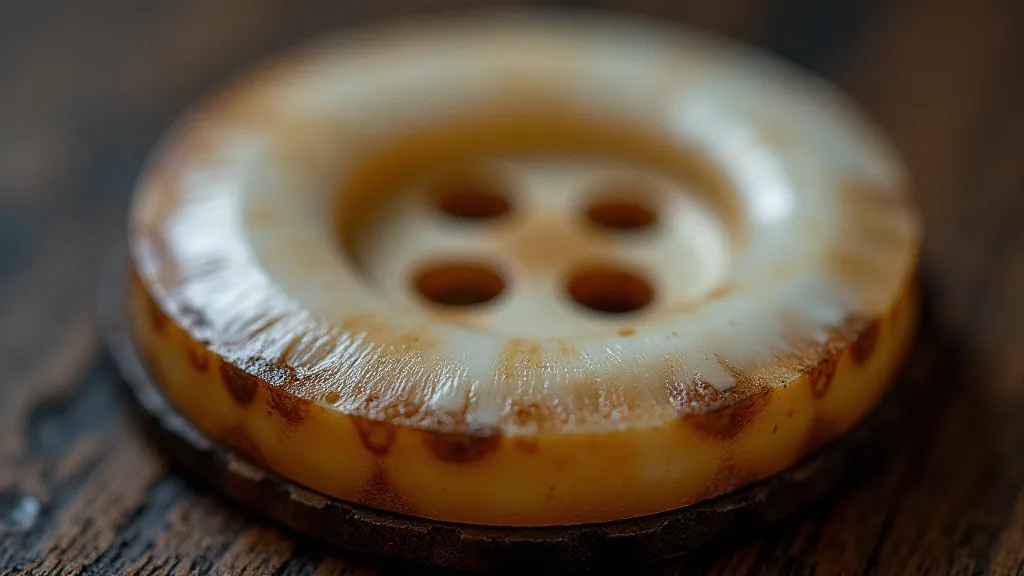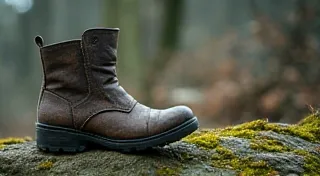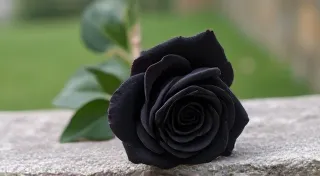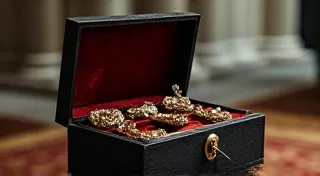The Coin of Sentiment: Horn Buttons and the Currency of Personal Narrative
We often think of collecting as the pursuit of grand treasures, of rare stamps or dazzling jewels. Yet, sometimes, the most poignant collections reside in the smallest of objects – the unassuming button. While porcelain, glass, and metal buttons command their own dedicated following, the humble horn button often lingers in the shadows, overlooked and undervalued. But to dismiss the horn button is to miss a fascinating chapter in history, a tangible link to everyday life, and a treasury of personal narratives woven into the very fabric of these utilitarian objects. They're more than fasteners; they’re tiny echoes of the past.
Horn, derived primarily from cattle, has been used for centuries in the creation of countless items. Its durability, workability, and relative abundance made it a practical choice for tools, utensils, and, crucially, buttons. The peak era for horn button production stretched from the late 18th century through the mid-20th century, though their use extends even further back. Understanding this timeline helps contextualize the buttons you discover; a particularly crude, hand-carved horn button might pre-date the Industrial Revolution, while a perfectly symmetrical, machine-turned button is likely from the early 1900s.
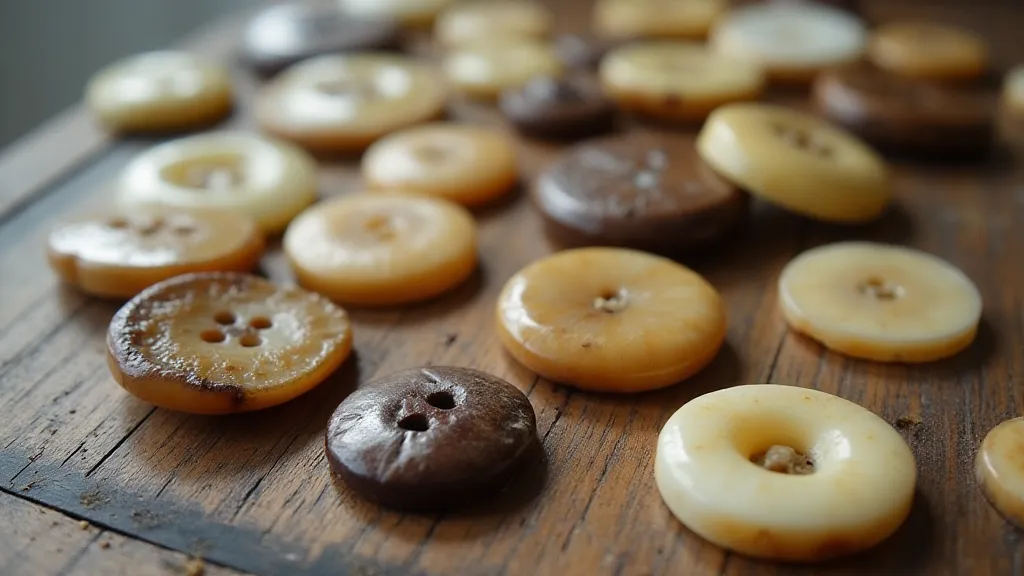
The Craftsmanship of Simplicity
What’s remarkable about horn buttons isn’t always their visual extravagance. It's the enduring quality of their creation. Early horn buttons were painstakingly carved by hand. Imagine the artisan, patiently shaping the raw material, using simple tools to achieve a functional form. The imperfections – the slight asymmetry, the occasional chip – are not flaws, but rather marks of human touch, evidence of the slow, deliberate process. As the Industrial Revolution took hold, steam-powered lathes revolutionized button manufacturing. This allowed for greater uniformity and mass production, resulting in buttons with cleaner lines and more precise details. Yet, even with the advent of machinery, the inherent beauty of the material remained – the subtle grain of the horn, the warmth of the natural color.
Look closely at a horn button, and you might notice faint striations – the growth rings of the animal from which it was harvested. These are like miniature fingerprints, unique to each button. Some are left smooth, exhibiting the natural sheen of polished horn. Others are intricately carved with floral motifs, geometric patterns, or even miniature landscapes. The skill of the carver is evident in the precision of these details, transforming a utilitarian object into a small work of art.
Buttons as Silent Witnesses
The real magic of collecting vintage horn buttons, however, lies not just in their craftsmanship, but in the stories they tell. Each button is a tiny fragment of someone else's history, a silent witness to moments lived and lost. Think of the soldier’s uniform, held together by these sturdy fasteners. Consider the humble work dress of a farm wife, the elegant coat of a debutante. These buttons weren’t merely functional; they were part of a larger narrative, contributing to the overall impression of the garment and, by extension, the wearer.
I once acquired a small box of horn buttons from an elderly woman who had inherited it from her grandmother. Amongst the assortment of sizes and colors, there were several small, two-hole buttons, characteristic of children’s clothing from the late 19th century. As she recounted the story, she described her grandmother's recollection of the dress those buttons once adorned. It was a simple frock made by her own mother, worn by her as a child on Sundays to church. Those buttons were all that remained of that cherished dress, a tangible link to a childhood long gone.
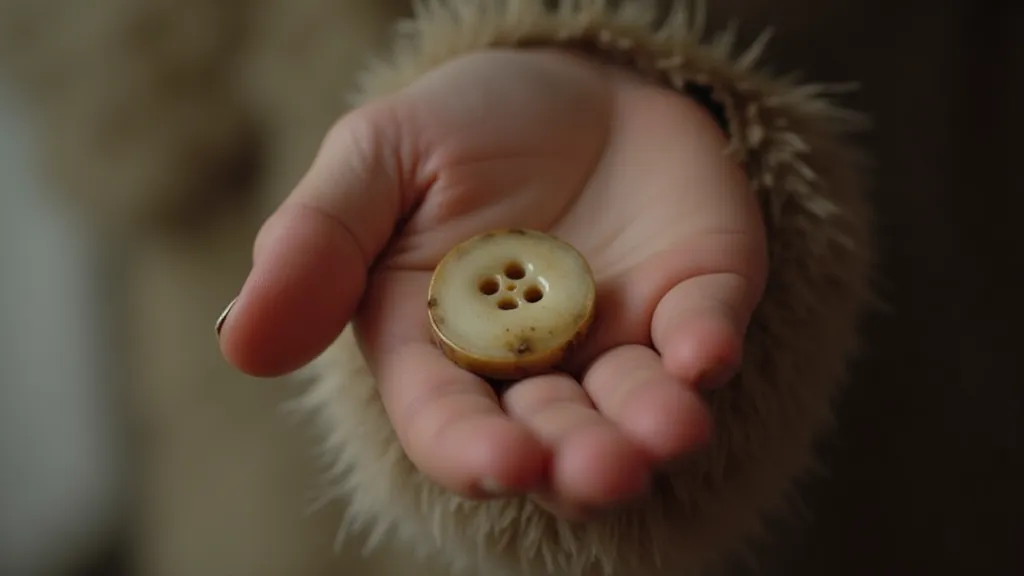
Preserving the Past – and a Few Restoration Tips
While horn buttons are remarkably durable, they are not immune to the ravages of time. They can become brittle, discolored, or scratched. Cleaning them requires a delicate touch. Avoid harsh chemicals or abrasive cleaners, which can damage the surface. Gentle soap and warm water are usually sufficient. For stubborn dirt or grime, a specialized horn cleaner can be used, following the manufacturer's instructions carefully.
Restoration is a tricky area. Attempting to "perfect" a vintage horn button often diminishes its value and authenticity. Minor scratches and surface imperfections are part of its history; they are what make it unique. However, if a button is severely damaged – chipped, cracked, or missing a shank – a skilled button restorer might be able to repair it, but this should be undertaken with caution and only by someone experienced in the field.
The Future of Collecting Horn Buttons
The horn button, often overshadowed by its more flamboyant counterparts, is slowly gaining recognition among collectors. Its understated beauty, its connection to everyday life, and its inherent historical significance are finally being appreciated. Collecting horn buttons isn’t about amassing a vast, dazzling array. It’s about uncovering fragments of the past, appreciating the artistry of simple objects, and connecting with the personal narratives woven into the fabric of history. It's about appreciating the beauty in the overlooked. It's about recognizing that even the smallest button can hold a world of stories.
When you hold a horn button in your hand, imagine the journey it has taken, the lives it has touched. It’s a small object, yes, but it’s also a link to a past that deserves to be remembered. And as more people begin to appreciate the unique charm and historical significance of these humble fasteners, the legacy of the horn button is sure to endure for generations to come.
